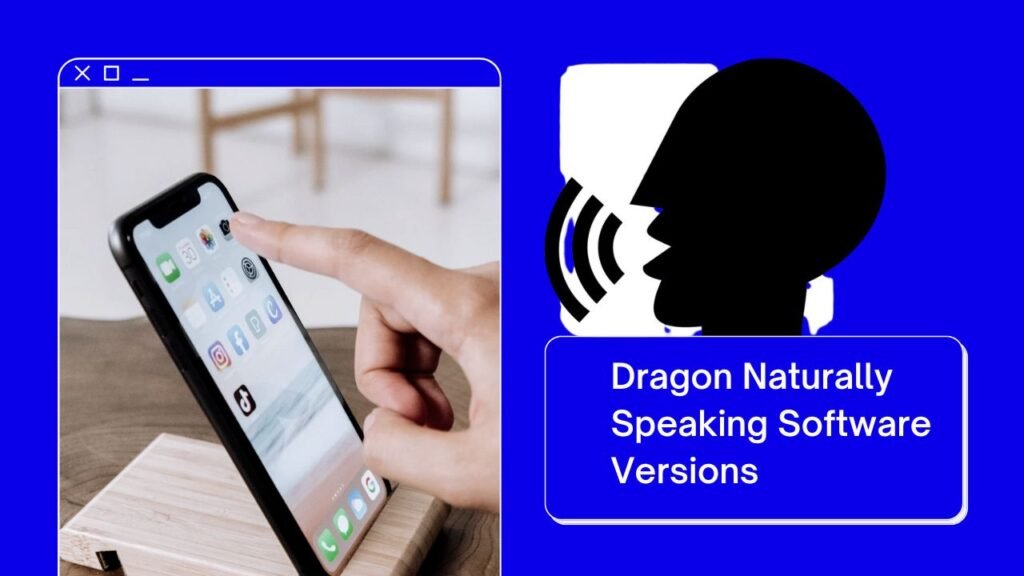Dragon Medical User Profile Errors Fixing
Dragon Medical is one of the best speech recognition software. Professionals use this wonderful speech software to enhance their work. In this blog post, we will tell you about Dragon Medical User Profile Errors and the solution. So, if you are also facing profile issues then you should read this post.
The following errors can be display when a user tries to open an Dragon Medical Profile User Account:
The user files you’ve chosen are not accessible. It could be due to the fact that you aren’t are granted sufficient access rights to use the system, or they are currently being used by a different application.
It is possible that the local cache files of the user you’ve selected are not accessible. User It is locked, which means it cannot be accessed. is locked. Would you like to keep it?
There could be a variety of reasons for the errors mentioned above.
Medical User Profile Errors Solution
Follow the guidelines that follow to eliminate the common causes of these errors when accessing your profile:
- Shut down the exact Dragon user who is logged on at a different workstation(s).
- Verify it is you are sure that the Profile folder structure isn’t accessible by a different program
This includes Windows Explorer or any text editor. Windows Explorer from any workstation that accesses the folder structure could block the Profile and, consequently, it must be shut down.
- Examine the structure of your profile folder to find any username.lck files or folder/file names _DgnRenamed appended.
username.lck
This username.lck file is typically located in the sub-folder of Profile current and can be easily deleted. Look for the username.lck file in the entire structure of the profile folder.
_DgnRenamed
The string of characters can be added on the label of a folder in the profile sub-folder or file. It is commonly seen as \[input device]_container\aoptions.ini_DgnRenamed or \current\options.ini.DgnRenamed.
Find this string across the entire structure of the profile folder.
If the non-appended file exists, check the dates of modification for both files. You should also save the most recent version, that requires changing the names of both files.
If not, and the unappended file isn’t also there, you can rename the file by eliminating any “_DgnRenamed” string.
If the name of a folder is change, just modify the name of that folder by taking out the “_DgnRenamed” string.
Dragon locks the structure of the folder and on certain files when synchronizing the Profile, saving it, and then updating the Profile. The reasons are:
The user shutting their workstation down in an unprofessional manner, resulting the Dragon failing complete its own closing to the account (most frequent)
Latency and Network Drop-out Issues
- Verify that each Windows user account has the appropriate Read/Write/Modify NTFS permissions to the entire Dragon local/locally-cached, and master roaming folder structure (including the Delete Subfolders and Files permission).
- Add the proper file exclusions for Dragon Medical to all antivirus/malware/security solftware. It should also include the entire structure of the profile folder for each sub-folder and file:
Windows XP
C:\Program Files\Nuance
C:\Program Files\Common Files\Nuance
C:\Documents and Settings\All Users\Application Data\Nuance C:\Documents and Settings\\Application Data\Nuance
Windows Vista / 7 / 8
C:\Program Files (x86)\Nuance
C:\Program Files (x86)\Common Files\Nuance
C:\ProgramData\Nuance
C:\Users\ \AppData\Roaming\Nuance
The location of the cache for the customer’s local computer (if set to an individual value and differing from the defaults above). Master roaming profile of the customer’s location.
- Temporarily temporarily disable Antivirus Realtime or Endpoint protection settings to determine if this is the cause.
- Stop any other program that locks this file structure of the profile (including Windows Explorer, Dragon Acoustic and Language Model Optimization, Antivirus/Security/Malware software, IT backup software, etc.)
- Try changing the name of the locally cached Dragon profile on your workstation. DMEE (Enterprise
Edition) Roaming configurations as well as DMNE (Network Edition) keep a copy of the main roaming profiles stored on the client’s workstation.
- Examine your Windows Event Viewer logs on the client’s workstation.
If you still face the issues then contact us and we will provide you the best solution in just a single call.



